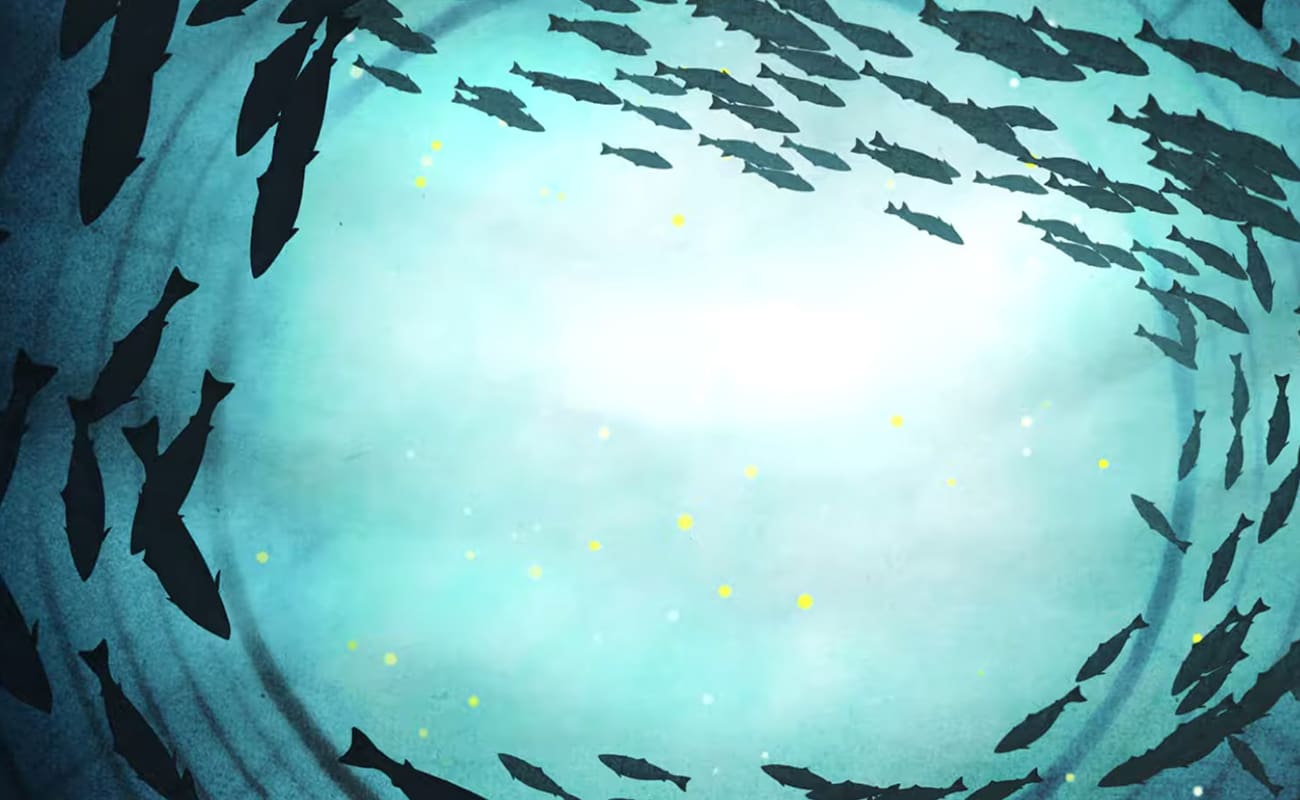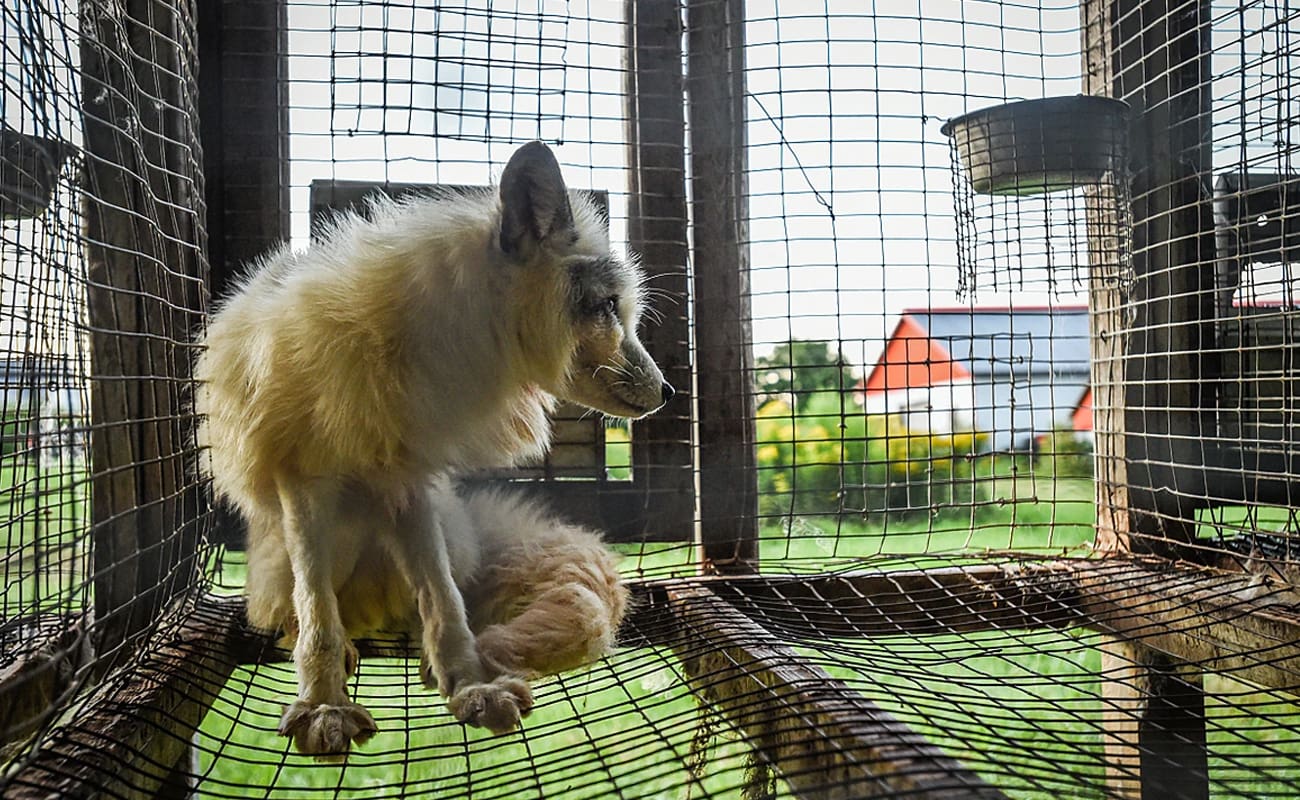The profound connection between humans and pets transcends time, evolving from utilitarian partnerships to deeply emotional bonds that enrich our lives in countless ways. From ancient civilizations where animals were revered as protectors and companions to modern households where pets are cherished family members, this relationship has continually shaped human culture and well-being. Today, pets not only provide unconditional love but also deliver significant psychological, emotional, and physical benefits—reducing stress, alleviating loneliness, encouraging physical activity, and even aiding in therapy. This article delves into the enduring bond between people and their animal companions, exploring how these relationships enhance our lives while highlighting the mutual care that strengthens this unique interspecies connection
Animals
Pet homelessness is a global issue that affects millions of animals every year. Stray cats and dogs face numerous challenges, including lack of shelter, food, and medical care. However, with collective effort, we can make a difference and provide these animals with the safe and loving homes they deserve. Here are some effective ways to help end pet homelessness: 1. Understand the causes of pet homelessness Most pets who are homeless ended up in that situation due to circumstances beyond their control. While some may be abandoned or lost, many others find themselves without a home because of factors affecting their owners. Financial strain, for example, can make it impossible for pet owners to provide the care and shelter their pets need. Medical conditions or sudden illnesses in owners can lead to the inability to care for their pets, sometimes resulting in pets being surrendered to shelters or abandoned. Housing …
Veganism is no longer just a dietary preference—it’s a transformative movement rooted in compassion, ethics, and the fight for animal liberation. As more people awaken to the devastating effects of animal agriculture on animals, the environment, and human health, veganism has evolved into a powerful call to action against exploitation and injustice. From rejecting animal-derived products to advocating for systemic change across industries like fashion, entertainment, and food production, this lifestyle embodies mindful consumption and social justice. In this article, we’ll explore how veganism transcends personal choices to become a global force for sustainability, equality, and the protection of all sentient beings—proving that every conscious decision can pave the way toward a kinder world
The sight of stray animals wandering the streets or languishing in shelters is a heartbreaking reminder of a growing crisis: homelessness among animals. Millions of cats, dogs, and other animals worldwide live without permanent homes, vulnerable to hunger, disease, and abuse. Understanding the root causes of this problem and taking actionable steps to address it can make a profound difference. For every lucky dog or cat who enjoys the warmth of a comfortable home and the unconditional love of a devoted human guardian, there are countless others whose lives are marked by hardship, neglect, and suffering. These animals face unimaginable challenges, struggling to survive on the streets or enduring mistreatment at the hands of incompetent, destitute, overwhelmed, negligent, or abusive individuals. Many languish in overcrowded animal shelters, hoping for the day they might find a loving home. Dogs, often hailed as "man's best friend," frequently face lives of torment. Many …
Rabbits are generally healthy, active, and social animals, but just like any pet, they can become ill. As prey animals, they often hide their pain and discomfort, which makes it difficult for owners to detect sickness early. Knowing the warning signs of sickness in rabbits is crucial for ensuring your pet's well-being. In this article, we will explore some surprising symptoms to look out for, which can help you catch health issues before they become serious. Rabbits are indeed creatures of habit, and even a slight deviation from their usual behavior can be an important indicator of potential health issues. Since rabbits tend to hide their discomfort or illness due to their instinctual nature as prey animals, it's crucial to pay attention to subtle changes. If your rabbit is acting "off" in any way—whether it's a change in eating habits, behavior, or physical appearance—it could be a sign that something …
Aquaculture, often hailed as a sustainable solution to meet the surging global demand for seafood, hides a troubling reality beneath its surface. While fish farming promises abundant protein and relief from overfishing, it also perpetuates severe environmental degradation and ethical dilemmas. From overcrowded pens teeming with disease to polluted waters poisoned by excess waste and chemicals, the industry’s practices wreak havoc on marine ecosystems and compromise fish welfare. As awareness grows about these hidden costs, a movement advocating for fish liberation is gaining momentum—calling for transparency, accountability, and humane alternatives that prioritize sustainability. This article dives deep into the murky waters of aquaculture to uncover its harsh truths while exploring pathways toward ethical reform and oceanic harmony
The fur industry, cloaked in glamour and luxury, hides a grim reality of unimaginable suffering and cruelty. Every year, millions of animals—including raccoons, coyotes, bobcats, beavers, and otters—fall victim to brutal trapping practices designed to fuel the fashion world’s insatiable demand for fur. From steel-jaw traps that crush limbs to suffocating Conibear traps, these devices inflict agonizing pain on their victims while leaving countless non-target animals—pets and endangered species alike—as collateral damage. Beyond the physical torment lies an even deeper ethical crisis: the exploitation of animal lives for profit under the guise of “wildlife management.” This article uncovers the hidden costs behind fur production and explores how we can take action against this systemic cruelty
The fashion and textile industries have long been associated with the use of materials like wool, fur, and leather, which are derived from animals. While these materials have been celebrated for their durability, warmth, and luxury, their production raises significant environmental concerns. This article delves into the environmental hazards of wool, fur, and leather, exploring their impact on ecosystems, animal welfare, and the planet as a whole. How Fur Production Harms the Environment The fur industry is one of the most environmentally damaging industries worldwide. A staggering 85% of the fur industry's skins come from animals raised in fur factory farms. These farms often house thousands of animals in cramped, unsanitary conditions, where they are bred solely for their pelts. The environmental impacts of these operations are severe, and the consequences extend far beyond the immediate surroundings of the farms. 1. Waste Accumulation and Pollution Each animal in these factory …
Factory farming, also known as industrial farming, has become the norm in food production across the world. While it may promise efficiency and lower costs, the reality for animals in factory farms is nothing short of horrific. Pigs, who are often considered highly intelligent and social creatures, endure some of the most cruel and inhumane treatments in these facilities. This article will explore six of the most brutal ways pigs are abused on factory farms, shedding light on the hidden cruelty that occurs behind closed doors. Gestation Crates The process of breeding animals for food is one of the most exploitative practices in modern industrial agriculture. Female pigs, known as "sows," are used in factory farming primarily for their reproductive capacity. These animals are repeatedly impregnated through artificial insemination, resulting in the birth of litters that can number up to 12 piglets at a time. This reproductive cycle is carefully …
Vegan leather is revolutionizing the fashion world, offering a stylish, sustainable, and cruelty-free alternative to traditional animal leather. With its eco-friendly production methods and innovative use of materials like pineapple leaves, apple peels, and recycled plastics, vegan leather is reshaping how we think about ethical fashion. As designers embrace this versatile material for everything from chic handbags to durable footwear, it’s clear that vegan leather isn’t just a trend—it’s the future of conscious style. Ready to reduce your environmental footprint while staying on-trend? Discover why now is the perfect time to make the switch to vegan leather for a more sustainable wardrobe











